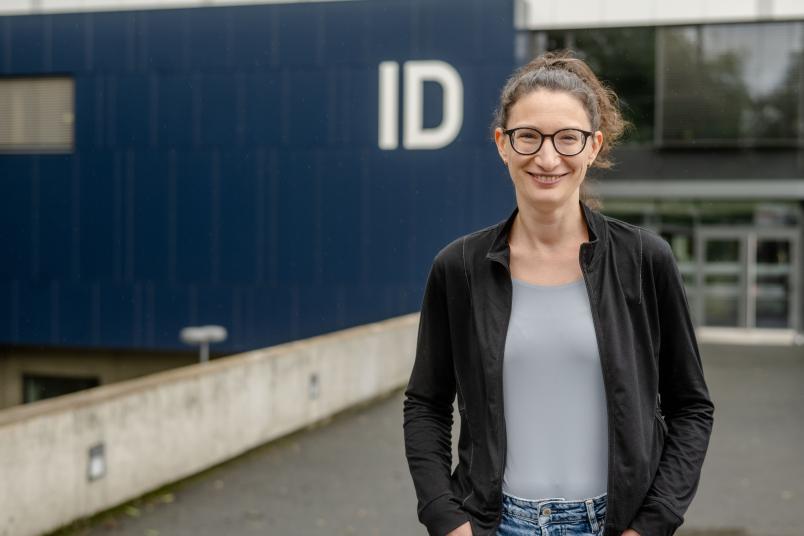
Research funding Ultrafast lasers for materials processing
Originally developed for research applications, the technology is also of interest to industry. Clara Saraceno plans to bring a new kind of laser to the market with a grant from the European Research Council.
Lasers are an essential tool for materials processing. They can be used to cut, weld and remove material. A special kind of lasers known as femtosecond lasers can be used to create high-precision microstructures, such as those needed for smartphone displays and automotive technology. Professor Clara Saraceno from Ruhr University Bochum aims to introduce a cheaper and more efficient laser technology to the market. To this end, she is receiving a proof-of-concept grant amounting to 150,000 euros from the European Research Council (ERC). The project titled “Ultrafast 2.1 µm Holmium Lasers for GHz ablation” (Giga2u) will run for 18 months.
Faster and more efficient
Standard femtosecond lasers emit light pulses with wavelengths of one micrometer and a duration in the hundreds of femtosecond range; this is the equivalent of a quadrillionth of a second. The energy per pulse is high, and the systems are expensive. “New lasers that are faster and more efficient, while generating lower costs, could be a key technology for the market,” points out Clara Saraceno, head of the Photonics and Ultrafast Laser Science group.
As part of her ERC Starting Grant “TerAqua”, Clara Saraceno is currently developing femtosecond lasers that operate at wavelengths of 2.1 microns and with repetition frequencies in the GHz regime. They require less energy and are potentially more reliable than systems currently deployed in industry. They also promise lower costs and faster production speeds. So far, however, the systems have only been used for research applications, such as spectroscopy.
Testing market readiness
The Giga2u proof-of-concept grant is intended to demonstrate the potential of the technology for industrial applications. Such a system would be of interest primarily for processing glass and polymers, but also for ablating aqueous tissues. The latter could be useful for future directions in laser surgery application. The researchers headed by Clara Saraceno hope to develop a compact and stable laser prototype and explore the technology’s market potential. In the process, the group also intends to lay the groundwork for establishing a start-up.
